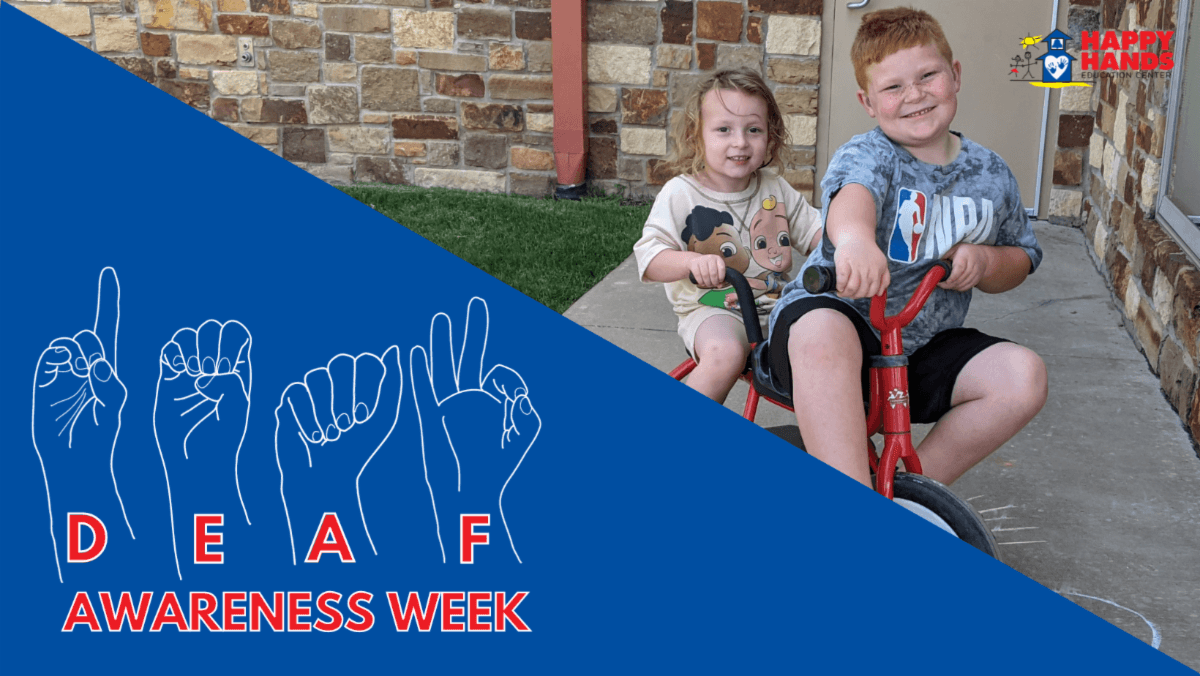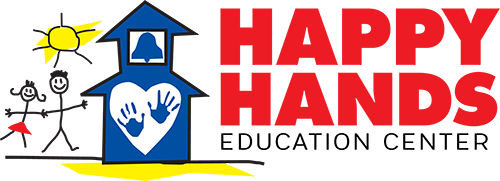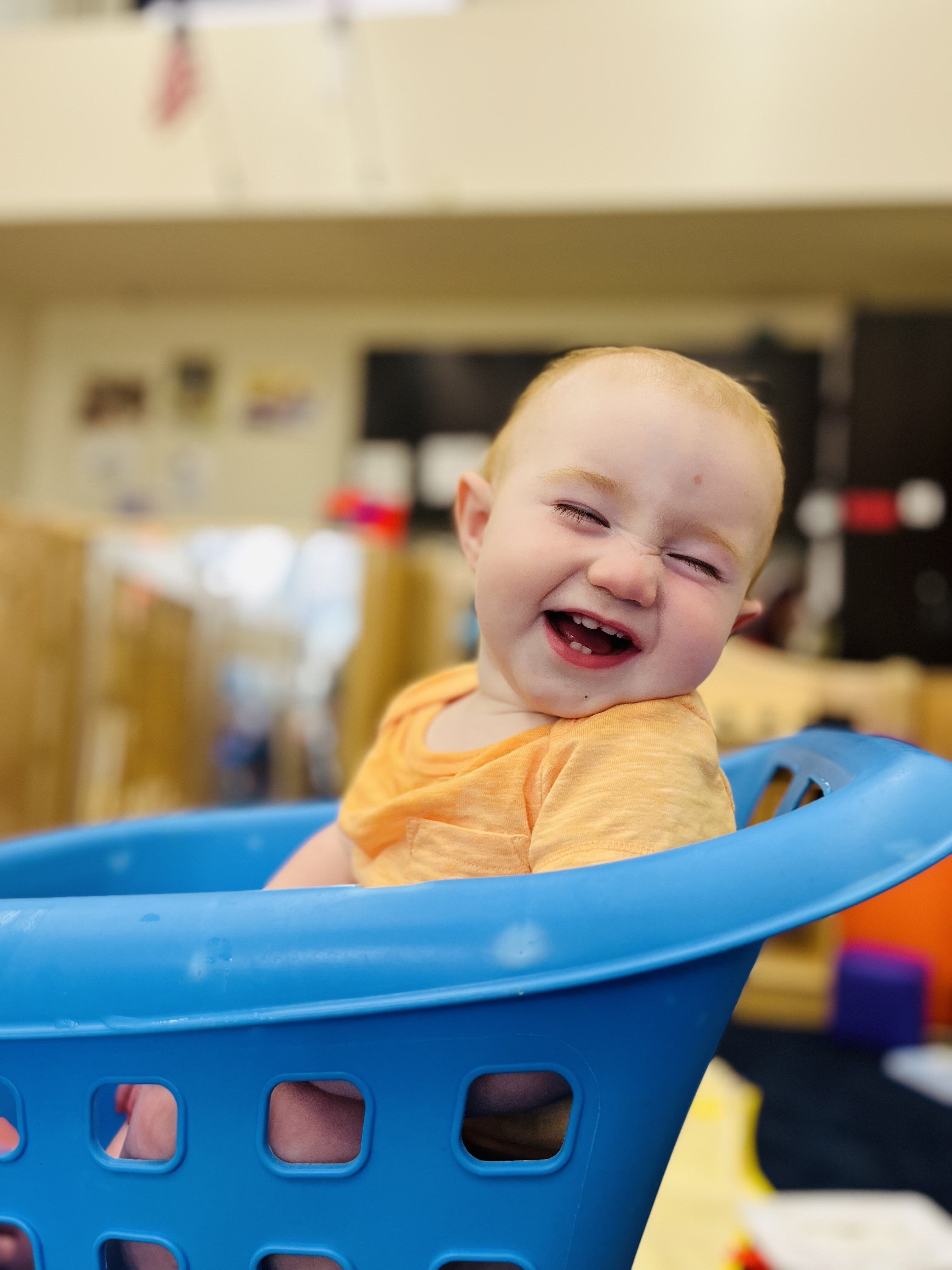
Happy Hands celebrated National Deaf Awareness Week from September 24th to the 30th!
Deaf Awareness Week (DAW) is intended to focus on promoting the positive aspects of deafness, encourage social inclusion, and raise awareness of organizations that work with those who are deaf.
We hope you'll take a moment to learn some tips & tricks for making day to day life more accessible for our Deaf friends, and enjoy several fun facts in honor of Deaf Awarness Week!
Deaf Accessibility 101
Here are a few simple ways that you can help make life more accessible for our Deaf friends!
- Caption your videos, live streams, events, and meetings!
- Provide multiple contact options - not just a phone number.
- Check to see if you need to hire an interpreter for any events or meetings you are hosting.
- Learn some basic signs in American Sign Language!
- Use visual support during conversation - pen and paper, the note app, and translation apps are helpful!
By being aware and making simple changes to day to day routines, hearing people can make life more accessible for the Deaf community!
Deaf Awareness Week Fun Facts
Deaf vs. deaf
- Deaf: The uppercase “D” Deaf is used to describe people who identify as culturally Deaf and feel strong connections to the Deaf community. Deaf with a capital D shows a cultural identity for people with hearing loss! People who are Deaf often feel great pride in their Deaf identity!
- deaf: The lowercase “d” deaf refers to the physical condition of having hearing loss. There are many reasons why a person may identify as deaf with a lowercase 'd'. They may not identify with the Deaf community and they may not use sign language.
Sign Names
- A sign name is a special sign that is used to uniquely identify a person. If someone is introducing themselves, they will finger spell their name and then their sign name!
- Out of respect for Deaf culture, a Deaf person must give you your sign name! It's not something that can be given by a hearing person or that you can come up with yourself.
Sign Language
- Linguists have identified 149 different sign languages but many estimates agree that the actual number may be over 400!
- Sign languages have their own grammar and linguistic structure.
- They are multi-layered and 3-dimensional languages that are equally as valid as English, Swahili, or Hebrew and they are capable of communicating every concept that a spoken language can.

